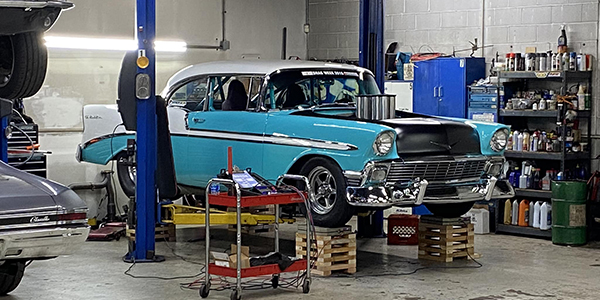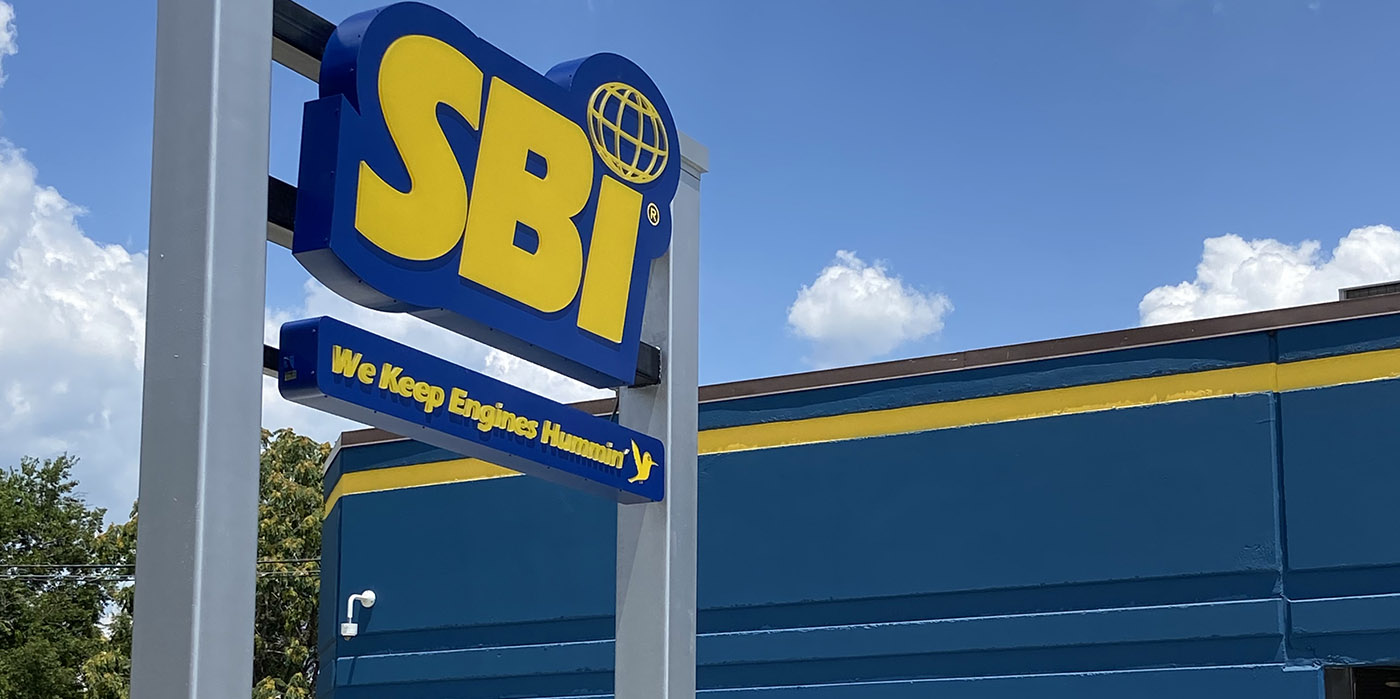We’ve had customer complaints about recurring MILs (malfunctioning indicator light) on some Chrysler 3.2 and 3.5L engines. Any idea what’s going on?
The AERA Technical Committee offers the following information regarding a revised valve spring for 1998-2004 Chrysler 3.2 and 3.5L VIN J, G, K, M & V engines. This revision is the result of recurring “MIL” illumination with recorded diagnostic trouble codes P0300 through P0306 being indicated.
This engine originally had 12 unique intake springs and 12 unique exhaust springs. The revised spring is for exhaust locations and is available as p/n 04892082AA. The new spring has a more effective spring rate, which is very similar to the intake spring. The new valve springs can be identified by white dye on the top coils. The nominal spring force of the revised exhaust spring is 85 lbs. closed and 147 lbs. open.

The original valve springs are also color coded and the intake spring has a right hand coil direction with orange dye on the top coils. The exhaust spring has a left hand coil direction with a green dye on the top coils (see Figure 1).
If the spring replacement repair is done on the vehicle, it is also suggested that you use a carbonizing procedure (Mopar p/n 04318001).
Could you explain the different assembly procedures between using new style rods vs. old style on late model Ford/Navistar 7.3L diesel engines?
The AERA Technical Committee offers the following information regarding a revised connecting rod for 2000-2003 Ford/Navistar 7.3L diesel engines. A design change was implemented to feature a powdered metal (PM) connecting rod for this engine. The PM connecting rod went into production on 8/17/2000 beginning with engine serial number 1440712.
The method of securing the connecting rod cap to the rod also changed with the revised PM rod. In its service information, Navistar refers to the difference between the rods as old style and new style. The old style connecting rod used bolts with nuts while the new style rod uses only bolts.
The assembly torque for the two different rods is also different as shown in the procedures listed below.
Old style connecting rods using bolts and nuts:
Coat the connecting rod bearing half with clean engine oil. Position the connecting rod cap onto the connecting rod and seat the cap onto the crankshaft journal.
Install the nuts. Tighten the nuts in two stages.
Stage 1: Tighten the nuts to 53 ft.lbs. (71 Nm).
Stage 2: Tighten the nuts to 80 ft.lbs. (108 Nm).
New style PM connecting rods using bolts only:
Coat the connecting rod bearing half with clean engine oil. Position the connecting rod cap onto the connecting rod and seat the cap onto the crankshaft journal.
Install the bolts. Tighten the bolts in two stages.
Stage 1: Tighten the bolts to 52 ft.lbs. (70 Nm).
Stage 2: Tighten the bolts to 90 ft.lbs. (122 Nm).
Note: Although the two different connecting rods are similar in weight, it is the recommendation of AERA and Navistar to use in complete sets only within an engine.
Using the wrong torque value during repair could lead to engine failure.
We’ve had mysterious coolant leaks in some 5.9L Cummins engines. Any idea where they may be coming from?
The AERA Technical Committee offers the following information regarding coolant in the engine oil supply on 1983-1998 Cummins 5.9L diesel engines. This information applies to engines that have two valves per cylinder.
The area of concern for coolant leakage is the topside of the cylinder head. It has been reported that small cracks may develop over time in and around the machined spring pockets. In some instances, these cracks have not been detected until the heads were heated and pressure tested. A submergible, heated pressure testing unit has proven the most effective in locating the leaks.
The cylinder head casting number 3935400 has been affected most with this condition, but there may be others. Methods that have been used successfully to repair this type of crack on 1983-1998 Cummins 5.9L diesel engines include cast iron welding and threaded plug repair.


